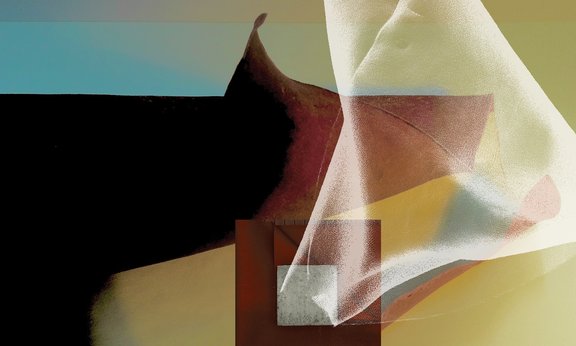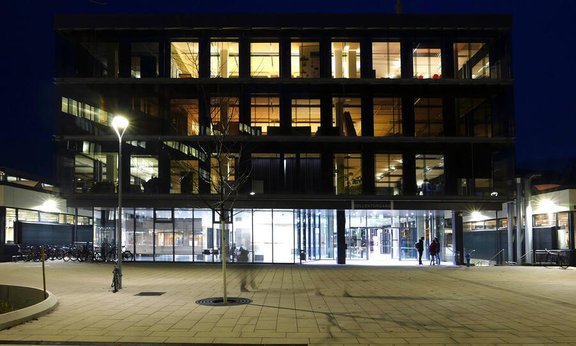
Fakultät
Organisation, Institute, Arbeitsgruppen, Gremien …
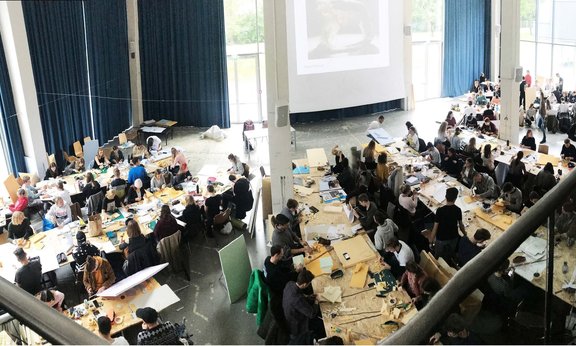
Studium
Informationen zum Bachelor-, Master- und PhD-Studium Architektur im laufenden Semester
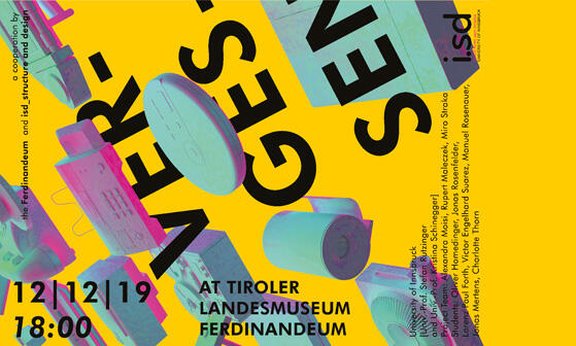
Aktuelles
Projekte, Veranstaltungen, Ausstellungen …
Arbeitsgruppen
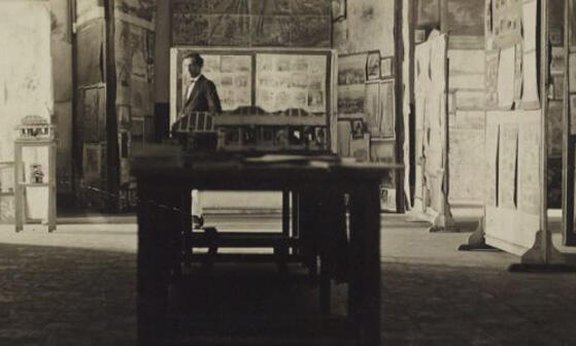
Architekturtheorie
Institut für Architekturtheorie und Baugeschichte
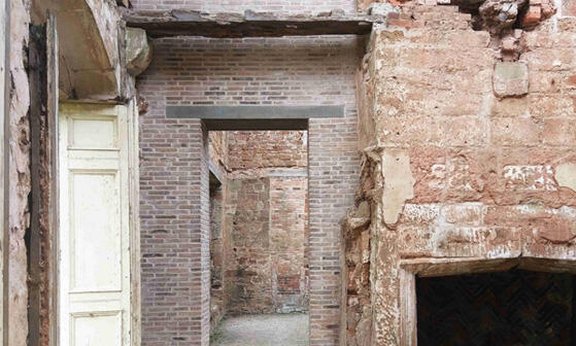
Baugeschichte
Institut für Architekturtheorie und Baugeschichte
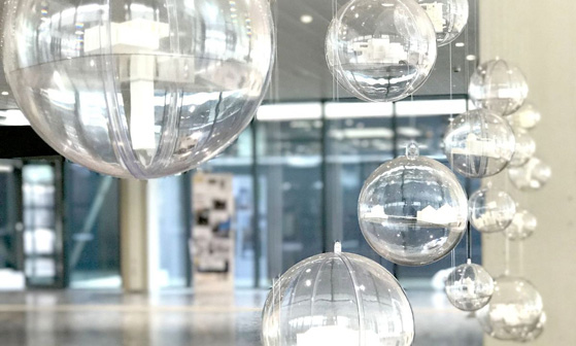
Gestaltung 1
Institut für Gestaltung
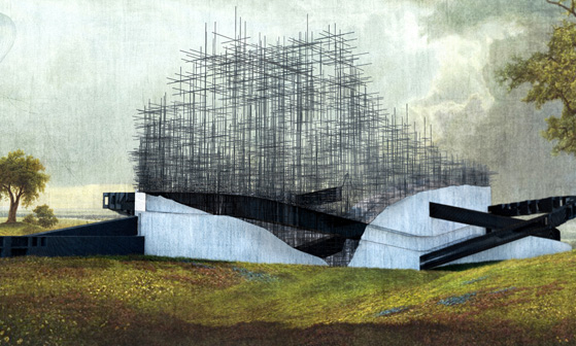
Studio 2
Institut für Gestaltung
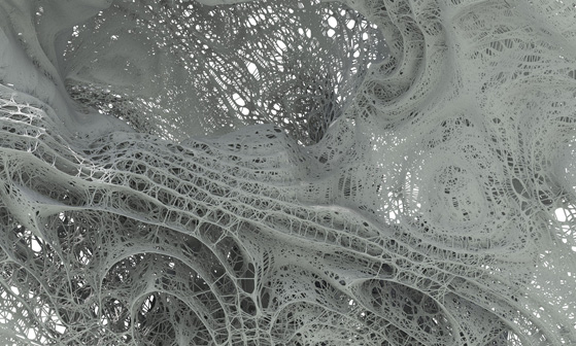
Konstruktion und Gestaltung (i.sd)
Institut für Gestaltung
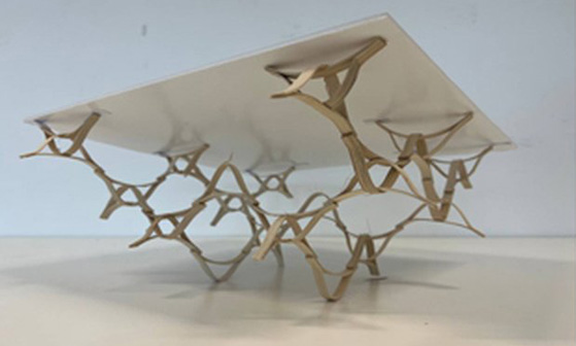
Leichtbau (LSU)
Institut für Gestaltung

Integrative/s Design
Institut für Experimentelle Architektur
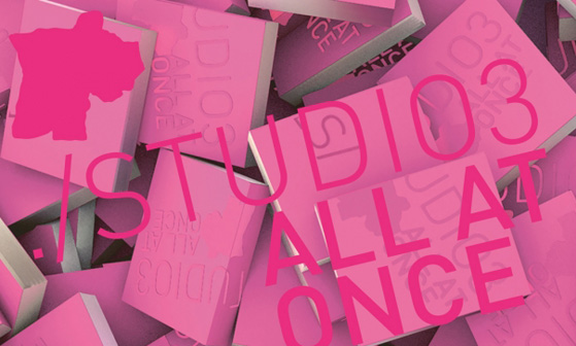
./studio3
Institut für Experimentelle Architektur
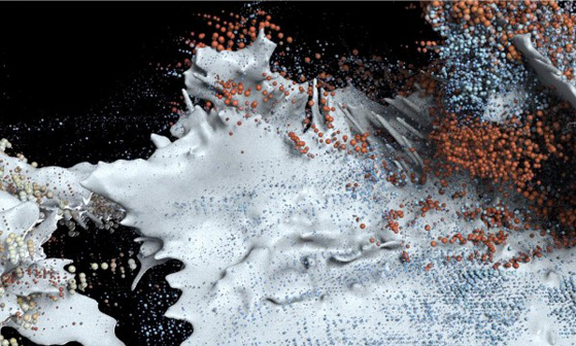
Hochbau
Institut für Experimentelle Architektur
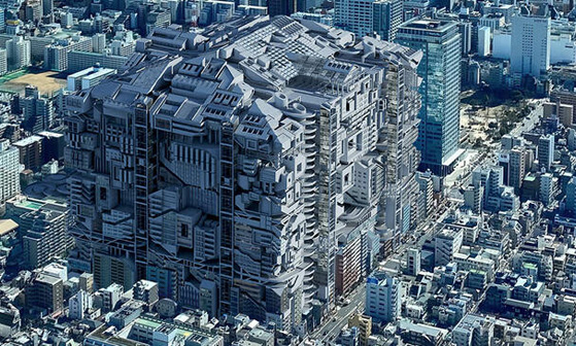
Städtebau
Institut für Städtebau und Raumplanung
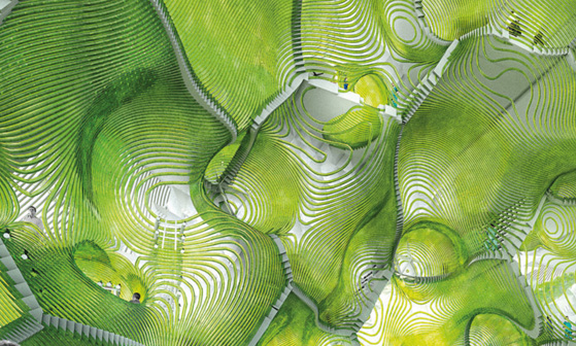
Landscape Architecture
Institut für Städtebau und Raumplanung
Dekan
Univ.-Prof. Dipl.-Ing. Dr. Peter TRUMMER, MSc
Studiendekanin
Univ.-Prof. Dipl.-Ing. Karolin SCHMIDBAUR
Kontakt
Fakultät für Architektur
Institute: Technikerstraße 21
Dekanat: Technikerstraße 15
A-6020 Innsbruck
+43 512 507-30282
+43 512 507-2900
dekanat-architektur@uibk.ac.at





